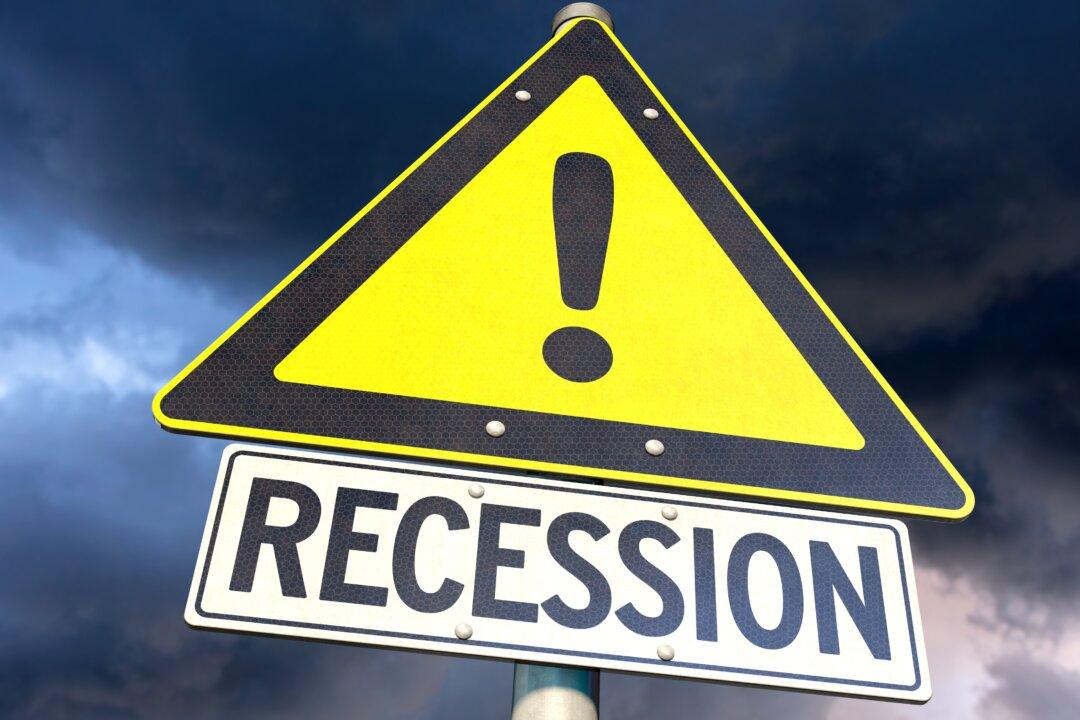Commentary
Ever since the U.S. Consumer Price Index (CPI) first accelerated in March of last year, it has been confused as a good proxy for the underlying economy. It sounds like it should be this way—that if prices are accelerating so wildly, as they soon would, wouldn’t that be a product of the red-hot economy so often quoted all across the news media?





